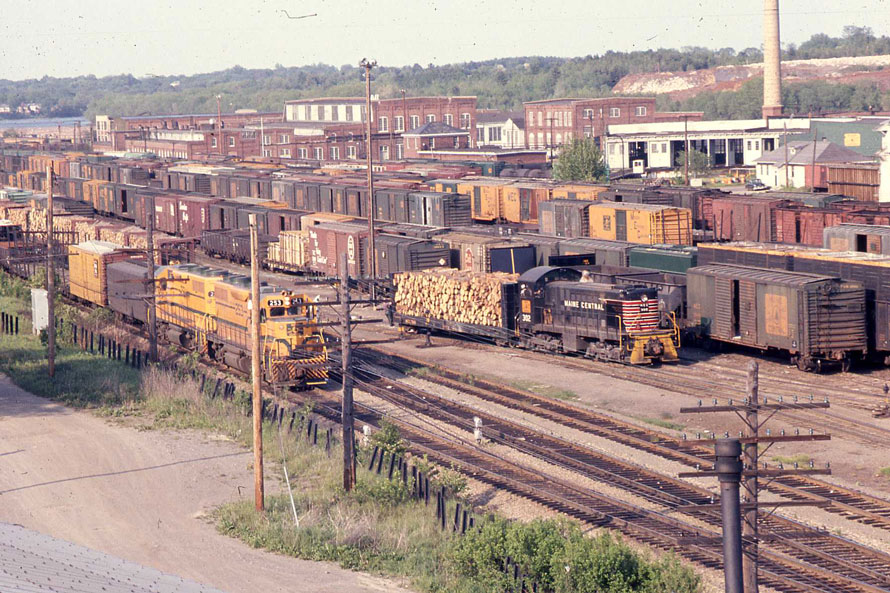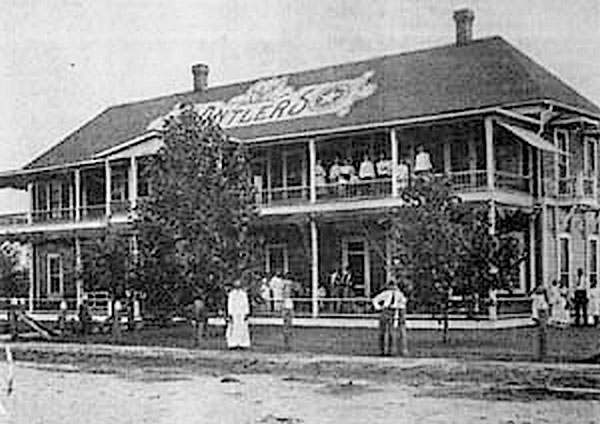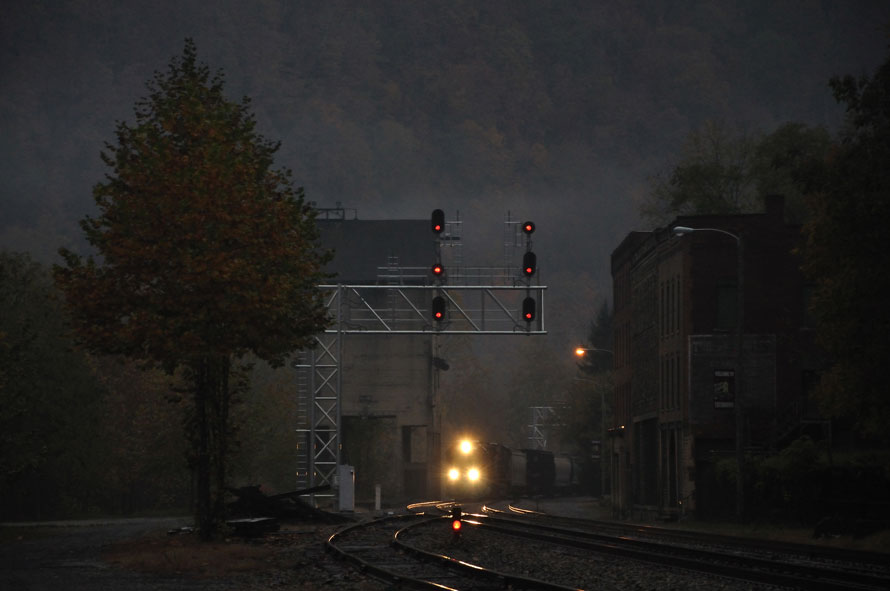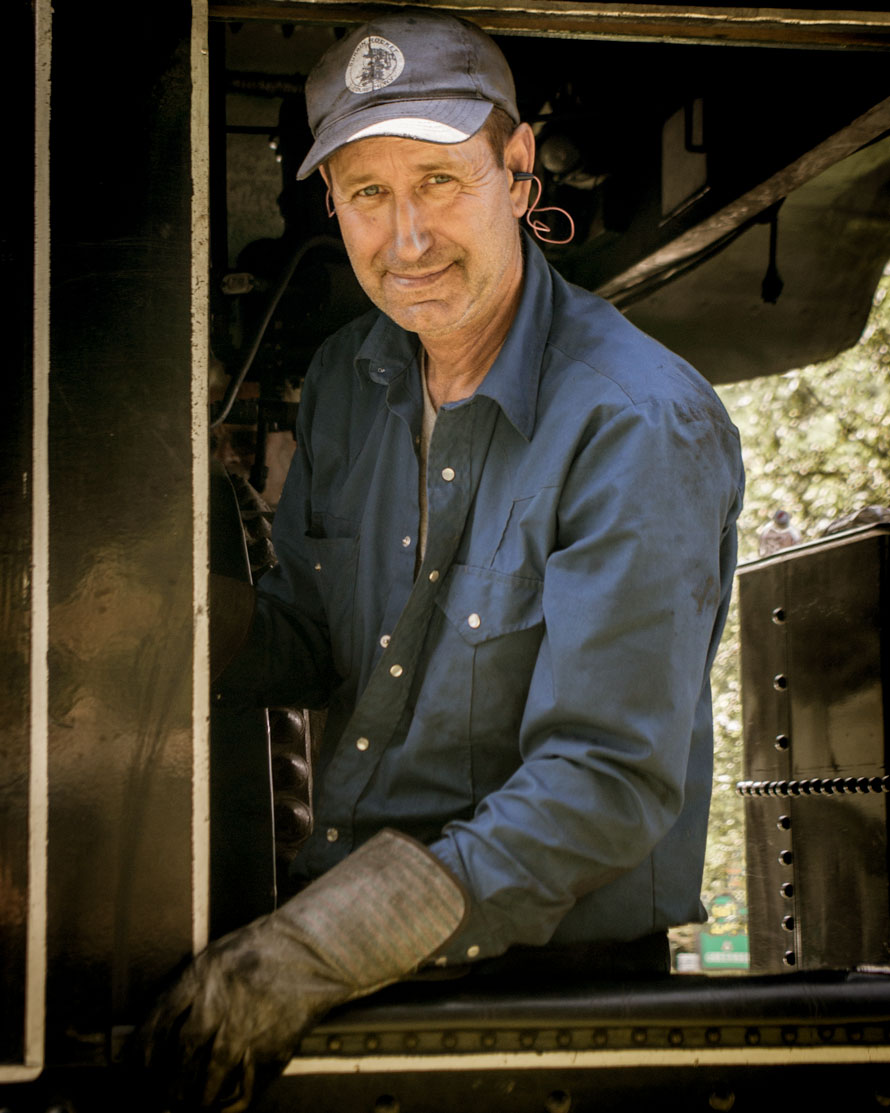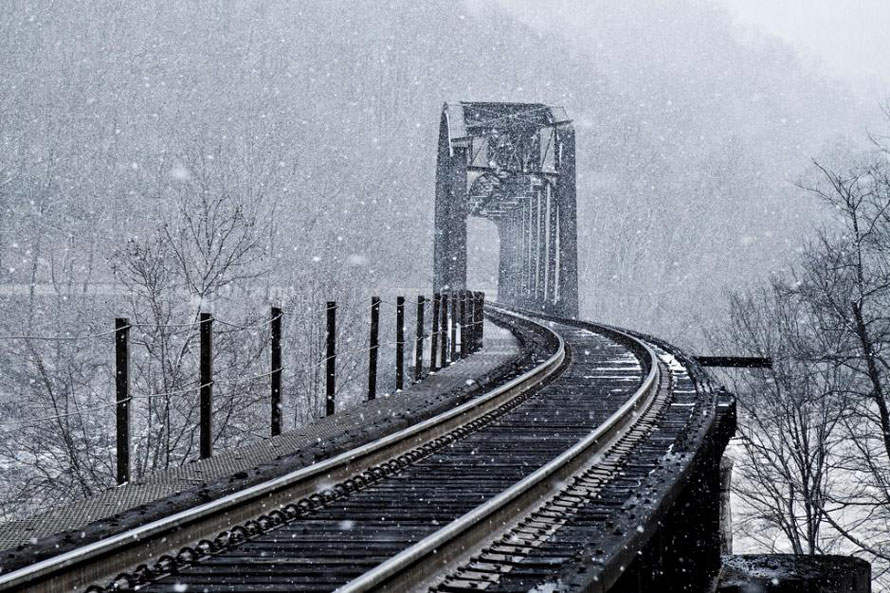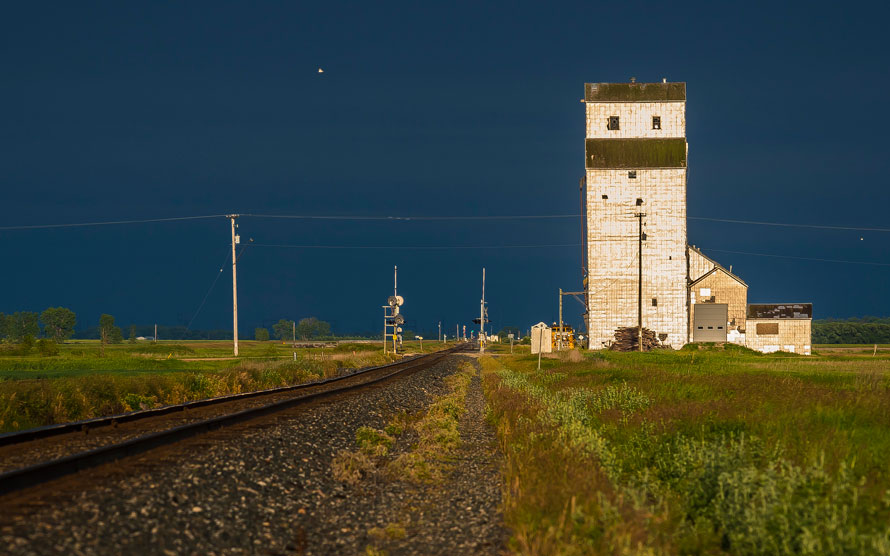
Meadows, Manitoba Grain Elevator and Annex
1912 – 2017
Meadows, Manitoba is located approximately 20 miles west of Winnipeg on Hwy # 221 in the Rural Municipality of Rosser, MB. Meadows is a village comprised of a dozen properties and farms that the Canadian Pacific mainline on the Carberry subdivision passes through.
In 1912 a small grain storage elevator was erected in the town to accommodate the local farmers during harvest. After a brief private ownership, the elevator was sold to N.M Paterson & Sons, now known as Paterson Global Foods. In 1922, the same year it was purchased by N.M Paterson & Sons, it was destroyed by fire. It was quickly replaced by a 30,000 bushel capacity elevator the following year powered by what was then a modern 12 HP elevator motor. Read more
